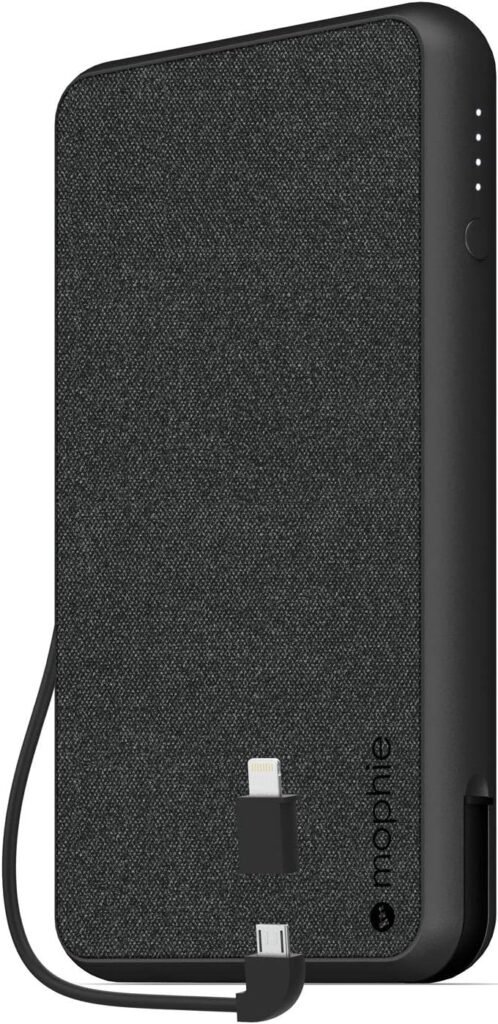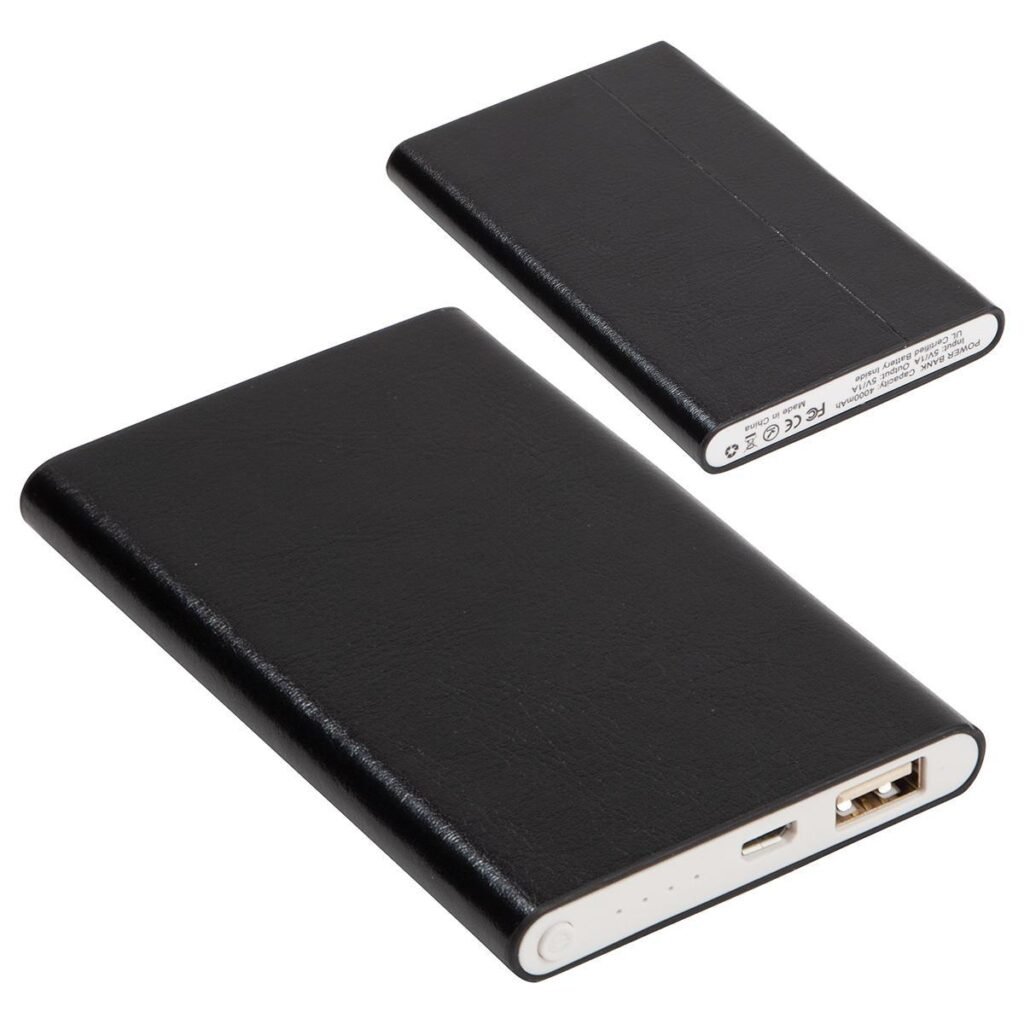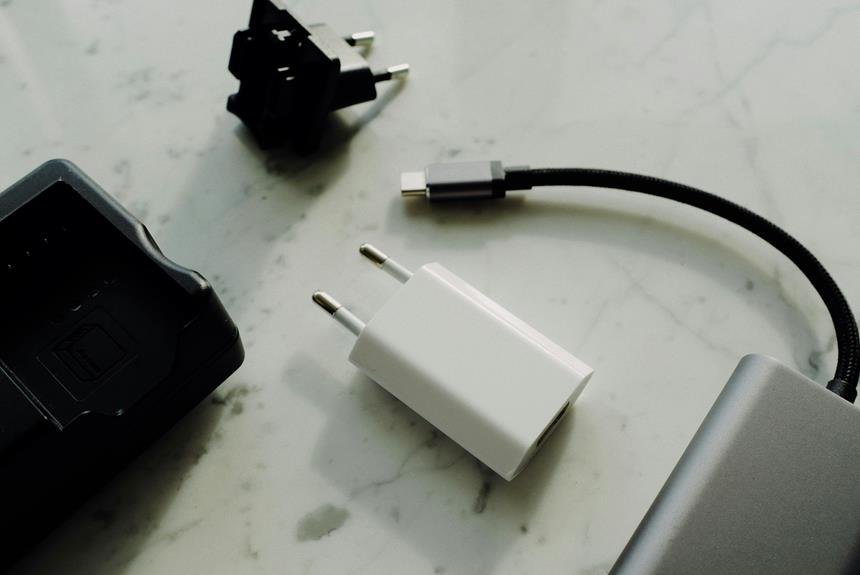Posted inBlog
To reset your Anker power bank, first, make sure it's properly charged by plugging it into a reliable power source. Disconnect all devices and cables. For a soft reset, hold…
Posted inCapacity and Charging
To charge your Anker 737 Power Bank, use a high-power USB-C cable and a wall charger with at least 60W output. First, check the battery levels via the LED display.…
Posted inCapacity and Charging
To charge your 30000mAh power bank, you'll first need to assess your charger's wattage. A 5W charger takes about 60 hours, while an 18W charger requires roughly 16-17 hours. Using…
Posted inBlog
A 4000mAh power bank will set you back anywhere from $10 to $50. The price varies based on brand, features, and design. Budget options around $10 offer basic functionality, while…
Posted inBlog
Using a high-quality power bank won't ruin your phone if you follow some basic guidelines. It's essential to use a power bank with stable voltage and current, ideally with built-in…
Posted inCapacity and Charging
A 4000 mAh power bank's durability depends on the energy consumption of your device. If your device draws 1000 mA per hour, the power bank lasts about 4 hours. However,…
Posted inBlog
To charge your Ideaplay Power Bank, first identify the suitable input port—often micro-USB or USB Type-C. Match it with a compatible charging cable. Use a dependable adapter, ensuring voltage compatibility…








